- 23
- Mar
लिथियम बॅटरीची क्षमता का कमी होते, कोणीतरी शेवटी सारांश दिला
Lithium-ion batteries are the fastest-growing secondary batteries after nickel-cadmium and nickel-hydrogen batteries. Its high-energy properties make its future look bright. However, lithium-ion batteries are not perfect, and their biggest problem is the stability of their charge-discharge cycles. This paper summarizes and analyzes the possible reasons for the capacity fading of Li-ion batteries, including overcharge, electrolyte decomposition and self-discharge.
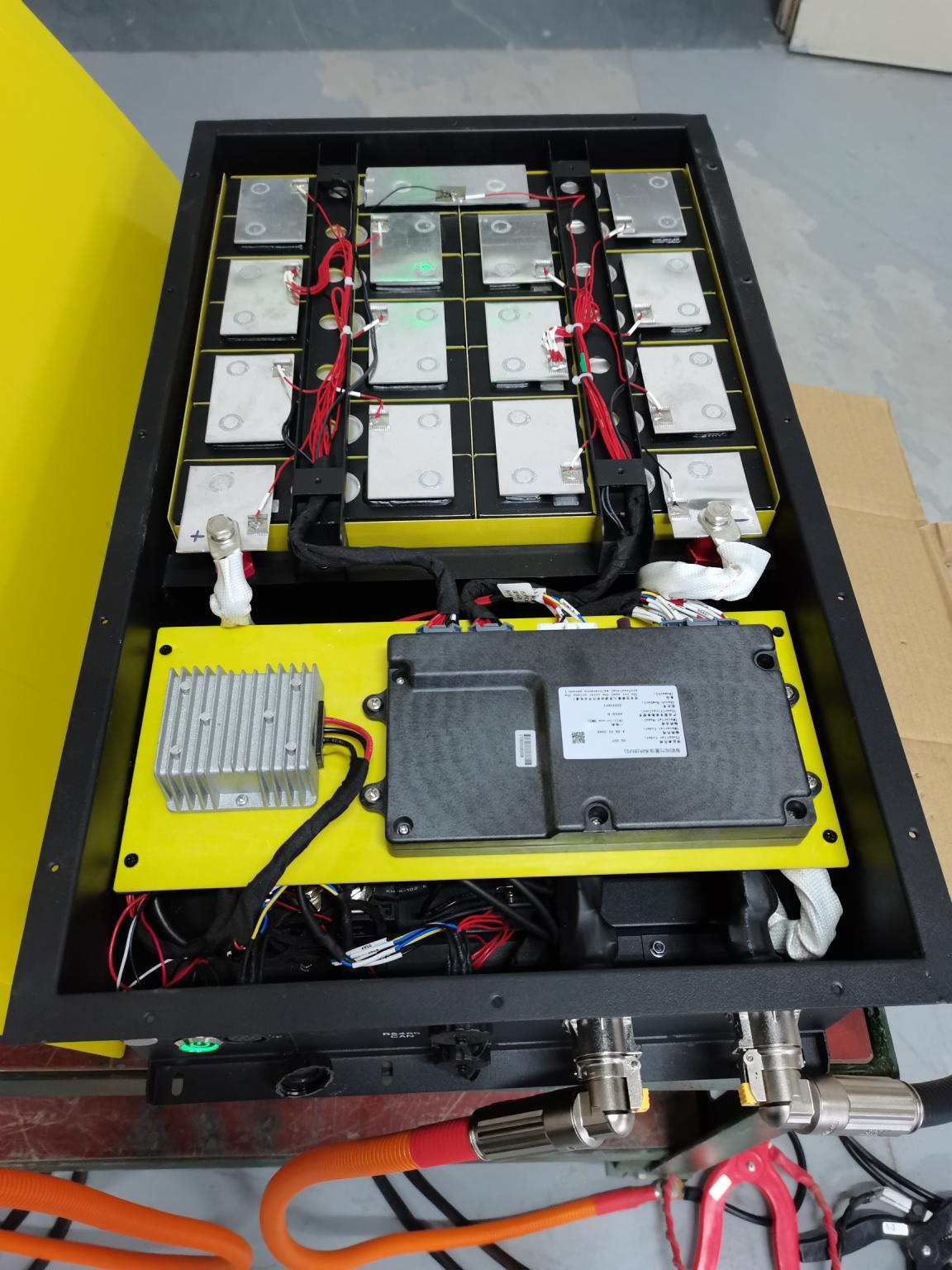
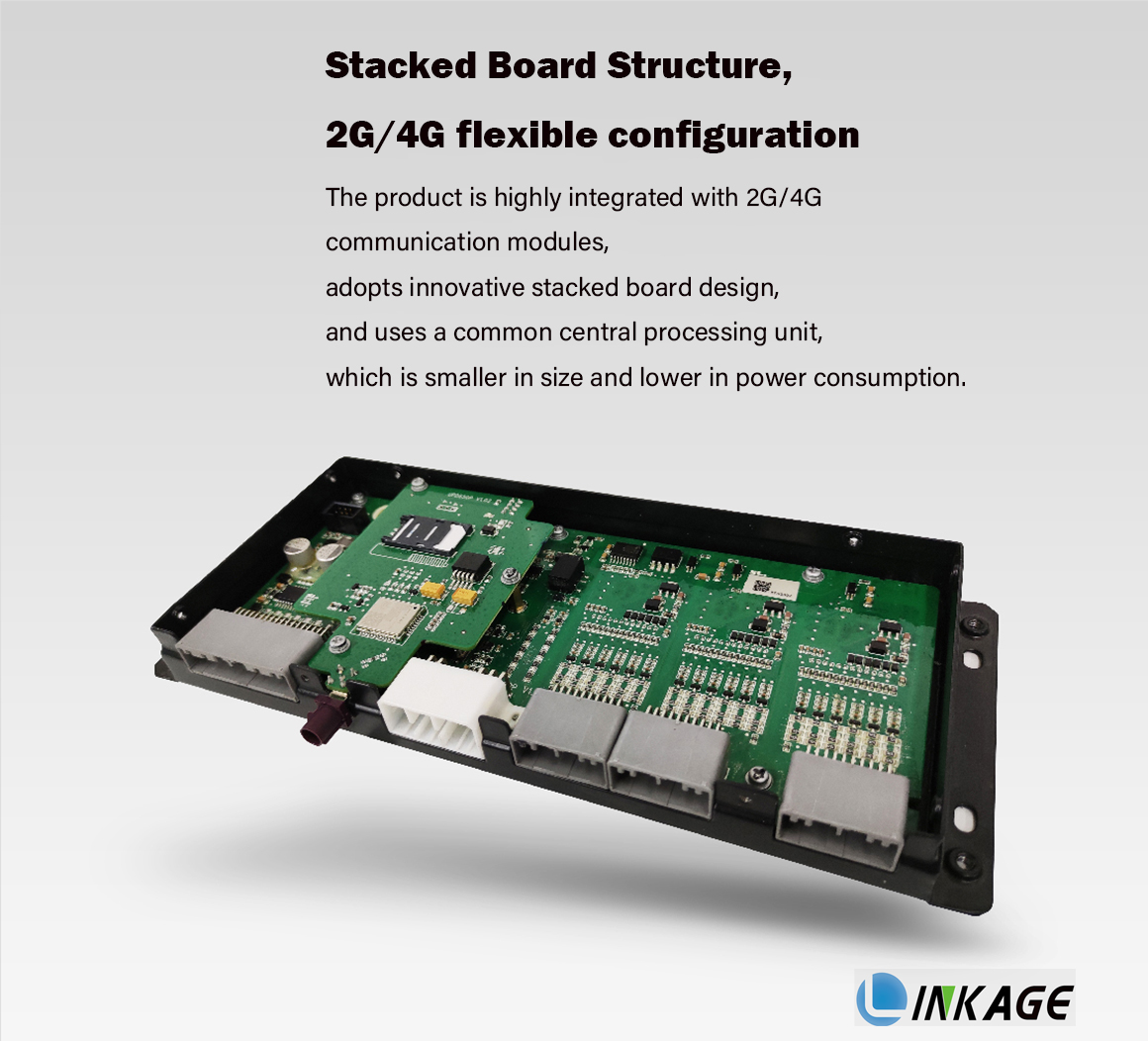
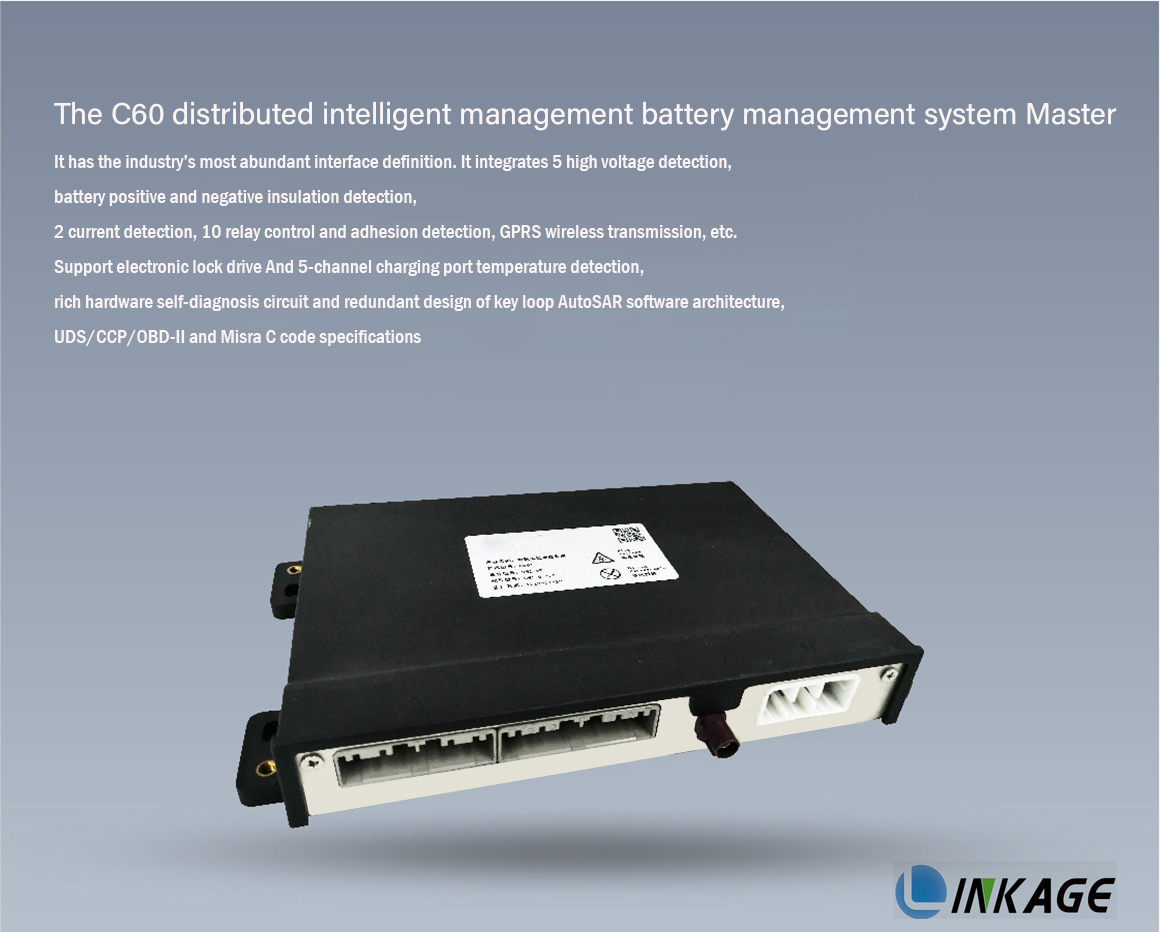
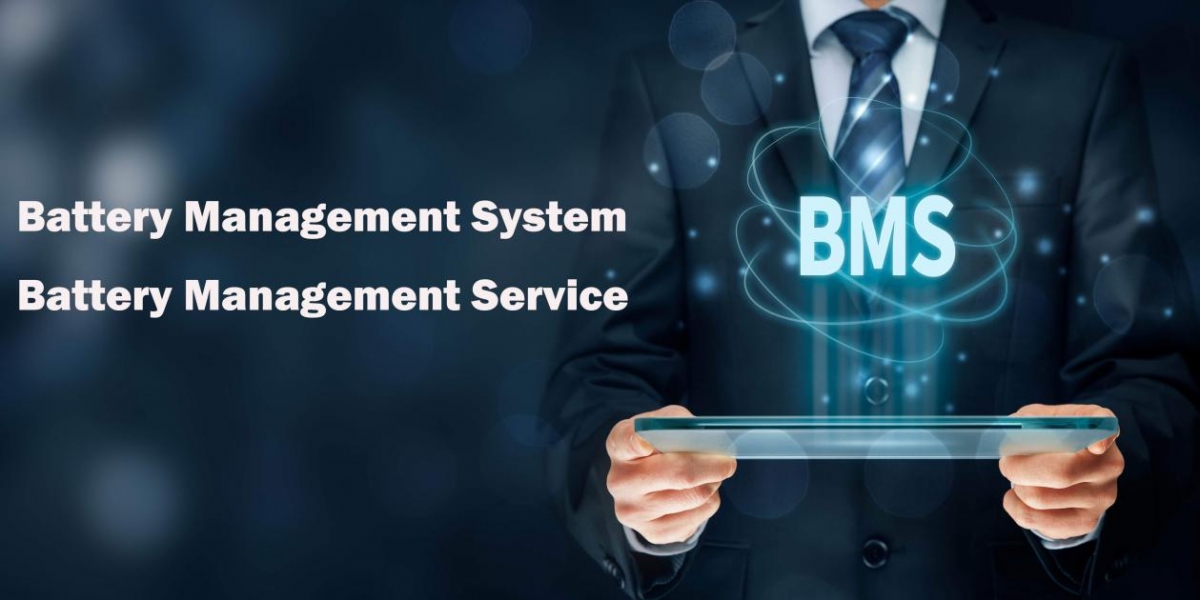
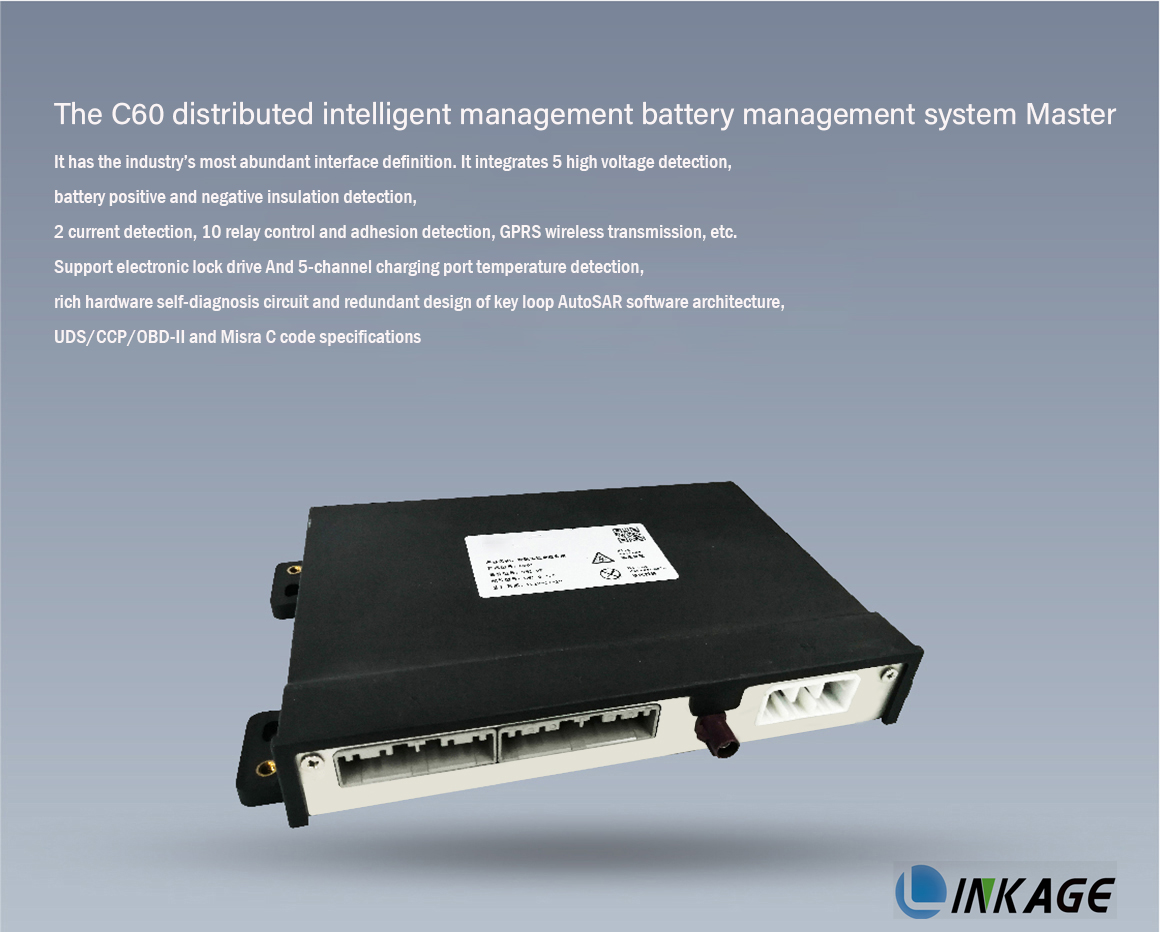
जेव्हा दोन इलेक्ट्रोड्समध्ये इंटरकॅलेशन रिअॅक्शन्स होतात तेव्हा लिथियम-आयन बॅटरीमध्ये भिन्न इंटरकॅलेशन एनर्जी असते आणि बॅटरीची उत्कृष्ट कार्यक्षमता प्राप्त करण्यासाठी, दोन होस्ट इलेक्ट्रोडच्या क्षमतेचे गुणोत्तर संतुलित मूल्य राखले पाहिजे.
In lithium-ion batteries, the capacity balance is expressed as the mass ratio of the positive electrode to the negative electrode,
म्हणजे: γ=m+/m-=ΔxC-/ΔyC+
वरील सूत्रामध्ये, C हा इलेक्ट्रोडच्या सैद्धांतिक कुलॉम्बिक क्षमतेचा संदर्भ देते आणि Δx आणि Δy अनुक्रमे ऋणात्मक इलेक्ट्रोड आणि सकारात्मक इलेक्ट्रोडमध्ये एम्बेड केलेल्या लिथियम आयनच्या स्टोइचियोमेट्रिक संख्येचा संदर्भ देते. वरील सूत्रावरून असे दिसून येते की दोन ध्रुवांचे आवश्यक वस्तुमान गुणोत्तर दोन ध्रुवांच्या संबंधित कुलॉम्ब क्षमतेवर आणि त्यांच्या संबंधित उलट करता येण्याजोग्या लिथियम आयनांच्या संख्येवर अवलंबून असते.
चित्र
सामान्यतः, एक लहान वस्तुमान गुणोत्तर नकारात्मक इलेक्ट्रोड सामग्रीचा अपूर्ण वापर ठरतो; नकारात्मक इलेक्ट्रोडच्या ओव्हरचार्जमुळे मोठ्या वस्तुमान गुणोत्तरामुळे सुरक्षिततेला धोका निर्माण होऊ शकतो. थोडक्यात, ऑप्टिमाइझ केलेल्या वस्तुमान गुणोत्तरामध्ये, बॅटरीची कार्यक्षमता सर्वोत्तम आहे.
For an ideal Li-ion battery system, the capacity balance does not change during its cycle, and the initial capacity in each cycle is a certain value, but the actual situation is much more complicated. Any side reaction that can generate or consume lithium ions or electrons may lead to changes in battery capacity balance. Once the battery’s capacity balance state changes, this change is irreversible and can be accumulated through multiple cycles, resulting in battery performance. Serious impact. In lithium-ion batteries, in addition to the redox reactions that occur when lithium ions are deintercalated, there are also a large number of side reactions, such as electrolyte decomposition, active material dissolution, and metallic lithium deposition.
Reason 1: Overcharging
1. Overcharge reaction of graphite negative electrode:
जेव्हा बॅटरी जास्त चार्ज केली जाते, तेव्हा लिथियम आयन सहजपणे कमी होतात आणि नकारात्मक इलेक्ट्रोडच्या पृष्ठभागावर जमा होतात:
चित्र
The deposited lithium coats the negative electrode surface, blocking the intercalation of lithium. This results in reduced discharge efficiency and capacity loss due to:
①पुनर्वापर करण्यायोग्य लिथियमचे प्रमाण कमी करा;
②The deposited metal lithium reacts with the solvent or supporting electrolyte to form Li2CO3, LiF or other products;
③ धातूचा लिथियम सामान्यतः नकारात्मक इलेक्ट्रोड आणि विभाजक यांच्यामध्ये तयार होतो, ज्यामुळे विभाजकाची छिद्रे अवरोधित होऊ शकतात आणि बॅटरीचा अंतर्गत प्रतिकार वाढू शकतो;
④ Due to the very active nature of lithium, it is easy to react with the electrolyte and consume the electrolyte, resulting in a reduction in discharge efficiency and a loss of capacity.
Fast charging, the current density is too large, the negative electrode is severely polarized, and the deposition of lithium will be more obvious. This is likely to occur when the positive electrode active material is excessive relative to the negative electrode active material. However, in the case of a high charging rate, deposition of metallic lithium may occur even if the ratio of positive and negative active materials is normal.
2. सकारात्मक इलेक्ट्रोड ओव्हरचार्ज प्रतिक्रिया
जेव्हा सकारात्मक इलेक्ट्रोड सक्रिय सामग्री आणि नकारात्मक इलेक्ट्रोड सक्रिय सामग्रीचे गुणोत्तर खूप कमी असते, तेव्हा सकारात्मक इलेक्ट्रोड ओव्हरचार्ज होण्याची शक्यता असते.
The capacity loss caused by overcharge of the positive electrode is mainly due to the generation of electrochemically inert substances (such as Co3O4, Mn2O3, etc.), which destroy the capacity balance between the electrodes, and the capacity loss is irreversible.
(1) LiyCoO2
LiyCoO2→(1-y)/3[Co3O4+O2(g)]+yLiCoO2 y<0.4
त्याच वेळी, सीलबंद लिथियम-आयन बॅटरीमध्ये सकारात्मक इलेक्ट्रोड सामग्रीच्या विघटनाने निर्माण होणारा ऑक्सिजन एकाच वेळी जमा होतो कारण पुनर्संयोजन प्रतिक्रिया (जसे की H2O ची निर्मिती) होत नाही आणि विघटनाने निर्माण होणारा ज्वलनशील वायू. इलेक्ट्रोलाइटचे, आणि परिणाम अकल्पनीय असतील.
(2) λ-MnO2
जेव्हा लिथियम-मॅंगनीज ऑक्साईड पूर्णपणे नष्ट होते तेव्हा लिथियम-मॅंगनीज प्रतिक्रिया उद्भवते: λ-MnO2→Mn2O3+O2(g)
3. जास्त चार्ज केल्यावर इलेक्ट्रोलाइटचे ऑक्सीकरण होते
When the pressure is higher than 4.5V, the electrolyte will be oxidized to generate insolubles (such as Li2Co3) and gases. These insolubles will block the micropores of the electrode and hinder the migration of lithium ions, resulting in capacity loss during cycling.
Factors that affect the rate of oxidation:
सकारात्मक इलेक्ट्रोड सामग्रीचे पृष्ठभाग क्षेत्र
वर्तमान संग्राहक साहित्य
जोडलेले प्रवाहकीय घटक (कार्बन ब्लॅक इ.)
कार्बन ब्लॅकचा प्रकार आणि पृष्ठभागाचे क्षेत्रफळ
अधिक सामान्यपणे वापरल्या जाणार्या इलेक्ट्रोलाइट्सपैकी, EC/DMC मध्ये सर्वाधिक ऑक्सिडेशन प्रतिरोधकता मानली जाते. द्रावणाची इलेक्ट्रोकेमिकल ऑक्सिडेशन प्रक्रिया साधारणपणे अशी व्यक्त केली जाते: द्रावण→ऑक्सिडेशन उत्पादन (वायू, द्रावण आणि घन पदार्थ)+ne-
कोणत्याही सॉल्व्हेंटच्या ऑक्सिडेशनमुळे इलेक्ट्रोलाइट एकाग्रता वाढेल, इलेक्ट्रोलाइट स्थिरता कमी होईल आणि शेवटी बॅटरीच्या क्षमतेवर परिणाम होईल. प्रत्येक वेळी चार्ज केल्यावर थोड्या प्रमाणात इलेक्ट्रोलाइट वापरला जातो असे गृहीत धरल्यास, बॅटरी असेंब्ली दरम्यान अधिक इलेक्ट्रोलाइटची आवश्यकता असते. स्थिर कंटेनरसाठी, याचा अर्थ असा आहे की सक्रिय पदार्थाची एक लहान रक्कम लोड केली जाते, ज्यामुळे प्रारंभिक क्षमतेत घट होते. याव्यतिरिक्त, जर ठोस उत्पादन तयार केले गेले तर, इलेक्ट्रोडच्या पृष्ठभागावर एक पॅसिव्हेशन फिल्म तयार केली जाईल, ज्यामुळे बॅटरीचे ध्रुवीकरण वाढेल आणि बॅटरीचे आउटपुट व्होल्टेज कमी होईल.
Reason 2: Electrolyte decomposition (reduction)
I decompose on the electrode
1. इलेक्ट्रोलाइट पॉझिटिव्ह इलेक्ट्रोडवर विघटित होतो:
इलेक्ट्रोलाइटमध्ये सॉल्व्हेंट आणि सपोर्टिंग इलेक्ट्रोलाइट असतात. कॅथोडचे विघटन झाल्यानंतर, Li2Co3 आणि LiF सारखी अघुलनशील उत्पादने सहसा तयार होतात, जी इलेक्ट्रोडच्या छिद्रांना रोखून बॅटरीची क्षमता कमी करतात. इलेक्ट्रोलाइट रिडक्शन रिअॅक्शनचा बॅटरीच्या क्षमतेवर आणि सायकलच्या आयुष्यावर विपरीत परिणाम होईल. कपात करून निर्माण होणारा वायू बॅटरीचा अंतर्गत दाब वाढवू शकतो, ज्यामुळे सुरक्षा समस्या निर्माण होऊ शकतात.
The positive electrode decomposition voltage is usually greater than 4.5V (vs. Li/Li+), so they do not easily decompose on the positive electrode. On the contrary, the electrolyte is more easily decomposed at the negative electrode.
2. इलेक्ट्रोलाइट नकारात्मक इलेक्ट्रोडवर विघटित होतो:
The electrolyte is not stable on graphite and other lithium-inserted carbon anodes, and it is easy to react to generate irreversible capacity. During the initial charge and discharge, the decomposition of the electrolyte will form a passivation film on the surface of the electrode, and the passivation film can separate the electrolyte from the carbon negative electrode to prevent further decomposition of the electrolyte. Thus, the structural stability of the carbon anode is maintained. Under ideal conditions, the reduction of the electrolyte is limited to the passivation film formation stage, and this process does not occur when the cycle is stable.
पॅसिव्हेशन फिल्मची निर्मिती
इलेक्ट्रोलाइट क्षारांची घट पॅसिव्हेशन फिल्मच्या निर्मितीमध्ये भाग घेते, जी पॅसिव्हेशन फिल्मच्या स्थिरीकरणासाठी फायदेशीर आहे, परंतु
(1) कपात करून तयार होणार्या अघुलनशील पदार्थाचा विद्रावक घट उत्पादनावर विपरीत परिणाम होईल;
(2) जेव्हा इलेक्ट्रोलाइट मीठ कमी होते तेव्हा इलेक्ट्रोलाइटची एकाग्रता कमी होते, ज्यामुळे शेवटी बॅटरीची क्षमता कमी होते (LiPF6 LiF, LixPF5-x, PF3O आणि PF3 बनण्यासाठी कमी होते);
(३) पॅसिव्हेशन फिल्मच्या निर्मितीमध्ये लिथियम आयन वापरतात, ज्यामुळे दोन इलेक्ट्रोडमधील क्षमता असंतुलन होऊन संपूर्ण बॅटरीची विशिष्ट क्षमता कमी होते.
(4) पॅसिव्हेशन फिल्मवर क्रॅक असल्यास, दिवाळखोर रेणू पॅसिव्हेशन फिल्ममध्ये प्रवेश करू शकतात आणि घट्ट करू शकतात, जे केवळ जास्त लिथियम वापरत नाही तर कार्बन पृष्ठभागावरील मायक्रोपोरेस देखील अवरोधित करू शकतात, परिणामी लिथियम घालण्यास असमर्थता येते आणि काढले. , परिणामी क्षमता अपरिवर्तनीय नुकसान होते. इलेक्ट्रोलाइटमध्ये काही अजैविक पदार्थ जोडणे, जसे की CO2, N2O, CO, SO2, इ., पॅसिव्हेशन फिल्मच्या निर्मितीला गती देऊ शकते आणि सॉल्व्हेंटचे सह-निवेश आणि विघटन रोखू शकते. मुकुट इथर ऑर्गेनिक ऍडिटीव्हच्या जोडणीचा देखील समान प्रभाव आहे. 12 मुकुट आणि 4 इथर सर्वोत्तम आहेत.
Factors for film capacity loss:
(1) The type of carbon used in the process;
(2) Electrolyte composition;
(3) Additives in electrodes or electrolytes.
ब्लायरचा असा विश्वास आहे की आयन एक्सचेंज प्रतिक्रिया सक्रिय पदार्थाच्या कणाच्या पृष्ठभागापासून त्याच्या गाभ्यापर्यंत जाते, नवीन टप्प्यात मूळ सक्रिय सामग्री दफन होते आणि कणाच्या पृष्ठभागावर कमी आयनिक आणि इलेक्ट्रॉनिक चालकता असलेली निष्क्रिय फिल्म तयार होते, त्यामुळे स्टोरेज नंतर स्पिनल स्टोरेज आधी पेक्षा मोठे ध्रुवीकरण.
झांगला असे आढळून आले की पृष्ठभागाच्या पॅसिव्हेशन लेयरचा प्रतिकार वाढला आहे आणि आंतरफेशियल कॅपॅसिटन्स चक्रांची संख्या वाढल्याने कमी झाली आहे. हे प्रतिबिंबित करते की पॅसिव्हेशन लेयरची जाडी सायकलच्या संख्येसह वाढते. मॅंगनीजचे विघटन आणि इलेक्ट्रोलाइटचे विघटन यामुळे पॅसिव्हेशन फिल्म्स तयार होतात आणि उच्च तापमान परिस्थिती या प्रतिक्रियांच्या प्रगतीसाठी अधिक अनुकूल असते. हे सक्रिय पदार्थ कण आणि Li+ स्थलांतरण प्रतिकार यांच्यातील संपर्क प्रतिकार वाढवेल, ज्यामुळे बॅटरीचे ध्रुवीकरण, अपूर्ण चार्जिंग आणि डिस्चार्जिंग आणि क्षमता कमी होईल.
II Reduction Mechanism of Electrolyte
The electrolyte often contains oxygen, water, carbon dioxide and other impurities, and redox reactions occur during the charging and discharging process of the battery.
The reduction mechanism of the electrolyte includes three aspects: solvent reduction, electrolyte reduction and impurity reduction:
1. Solvent reduction
The reduction of PC and EC includes one-electron reaction and two-electron reaction process, and the two-electron reaction forms Li2CO3:
Fong et al. believed that during the first discharge process, when the electrode potential was close to 0.8V (vs. Li/Li+), the electrochemical reaction of PC/EC occurred on graphite to generate CH=CHCH3(g)/CH2=CH2( g) and LiCO3(s), leading to irreversible capacity loss on graphite electrodes.
Aurbach et al. लिथियम मेटल इलेक्ट्रोड्स आणि कार्बन-आधारित इलेक्ट्रोड्सवरील विविध इलेक्ट्रोलाइट्सची घट करण्याची यंत्रणा आणि उत्पादनांवर विस्तृत संशोधन केले आणि असे आढळले की PC ची एक-इलेक्ट्रॉन प्रतिक्रिया यंत्रणा ROCO2Li आणि प्रोपीलीन तयार करते. ROCO2Li पाण्याचा शोध घेण्यास अतिशय संवेदनशील आहे. मुख्य उत्पादने Li2CO3 आणि ट्रेस वॉटरच्या उपस्थितीत प्रोपीलीन आहेत, परंतु कोरड्या परिस्थितीत कोणतेही Li2CO3 तयार होत नाही.
Restoration of DEC:
Ein-Eli Y ने नोंदवले की डायथिल कार्बोनेट (DEC) आणि डायमिथाइल कार्बोनेट (DMC) सह मिश्रित इलेक्ट्रोलाइटची बॅटरीमध्ये एथिल मिथाइल कार्बोनेट (EMC) तयार करण्यासाठी एक्सचेंज रिअॅक्शन होईल, जे क्षमता कमी होण्यास जबाबदार आहे. विशिष्ट प्रभाव.
2. Electrolyte reduction
इलेक्ट्रोलाइटची घट प्रतिक्रिया सामान्यतः कार्बन इलेक्ट्रोड पृष्ठभागाच्या फिल्मच्या निर्मितीमध्ये गुंतलेली मानली जाते, म्हणून त्याचा प्रकार आणि एकाग्रता कार्बन इलेक्ट्रोडच्या कार्यक्षमतेवर परिणाम करेल. काही प्रकरणांमध्ये, इलेक्ट्रोलाइटची घट कार्बन पृष्ठभागाच्या स्थिरीकरणात योगदान देते, ज्यामुळे इच्छित निष्क्रियता थर तयार होऊ शकतो.
सामान्यतः असे मानले जाते की सपोर्टिंग इलेक्ट्रोलाइट हे सॉल्व्हेंटपेक्षा कमी करणे सोपे आहे आणि रिडक्शन उत्पादन नकारात्मक इलेक्ट्रोड डिपॉझिशन फिल्ममध्ये मिसळले जाते आणि बॅटरीच्या क्षमतेच्या क्षयवर परिणाम करते. सहाय्यक इलेक्ट्रोलाइट्सच्या अनेक संभाव्य घट प्रतिक्रिया खालीलप्रमाणे आहेत:
3. अशुद्धता कमी करणे
(1) If the water content in the electrolyte is too high, LiOH(s) and Li2O deposits will be formed, which is not conducive to the insertion of lithium ions, resulting in irreversible capacity loss:
H2O+e→OH-+1/2H2
OH-+Li+→LiOH(s)
LiOH+Li++e-→Li2O(s)+1/2H2
The generated LiOH(s) is deposited on the electrode surface, forming a surface film with high resistance, which hinders Li+ intercalation into the graphite electrode, resulting in irreversible capacity loss. A small amount of water (100-300×10-6) in the solvent has no effect on the performance of the graphite electrode.
(२) विद्रावकातील CO2 नकारात्मक इलेक्ट्रोडवर कमी करून CO आणि LiCO2(s):
2CO2+2e-+2Li+→Li2CO3+CO
CO will increase the internal pressure of the battery, and Li2CO3(s) will increase the internal resistance of the battery and affect the battery performance.
(३) द्रावकातील ऑक्सिजनच्या उपस्थितीमुळे Li3O देखील तयार होईल
1/2O2+2e-+2Li+→Li2O
Because the potential difference between metallic lithium and fully intercalated carbon is small, the reduction of the electrolyte on carbon is similar to the reduction on lithium.
Reason 3: Self-discharge
Self-discharge refers to the phenomenon that the battery loses its capacity naturally when it is not in use. Li-ion battery self-discharge leads to capacity loss in two cases:
One is the reversible capacity loss;
दुसरे म्हणजे अपरिवर्तनीय क्षमतेचे नुकसान.
Reversible capacity loss means that the lost capacity can be recovered during charging, while irreversible capacity loss is the opposite. The positive and negative electrodes may act as a microbattery with the electrolyte in the charged state, resulting in lithium ion intercalation and deintercalation, and intercalation and deintercalation of positive and negative electrodes. The embedded lithium ions are only related to the lithium ions of the electrolyte, so the capacity of the positive and negative electrodes is unbalanced, and this part of the capacity loss cannot be recovered during charging. Such as:
Lithium manganese oxide positive electrode and solvent will cause micro-battery effect and self-discharge, resulting in irreversible capacity loss:
LiyMn2O4+xLi++xe-→Liy+xMn2O4
दिवाळखोर रेणू (जसे की पीसी) प्रवाहकीय सामग्री कार्बन ब्लॅक किंवा वर्तमान संग्राहकाच्या पृष्ठभागावर मायक्रोबॅटरी एनोड म्हणून ऑक्सिडाइझ केले जातात:
xPC→xPC-radical+xe-
त्याचप्रमाणे, नकारात्मक सक्रिय सामग्री इलेक्ट्रोलाइटशी संवाद साधून स्वयं-स्त्राव होऊ शकते आणि अपरिवर्तनीय क्षमतेचे नुकसान होऊ शकते आणि इलेक्ट्रोलाइट (जसे की LiPF6) प्रवाहकीय सामग्रीवर कमी होते:
PF5+xe-→PF5-x
Lithium carbide in the charged state is oxidized by removing lithium ions as the negative electrode of the microbattery:
LiyC6→Liy-xC6+xLi+++xe-
सेल्फ-डिस्चार्जवर परिणाम करणारे घटक: सकारात्मक इलेक्ट्रोड सामग्रीची निर्मिती प्रक्रिया, बॅटरीची निर्मिती प्रक्रिया, इलेक्ट्रोलाइटचे गुणधर्म, तापमान आणि वेळ.
